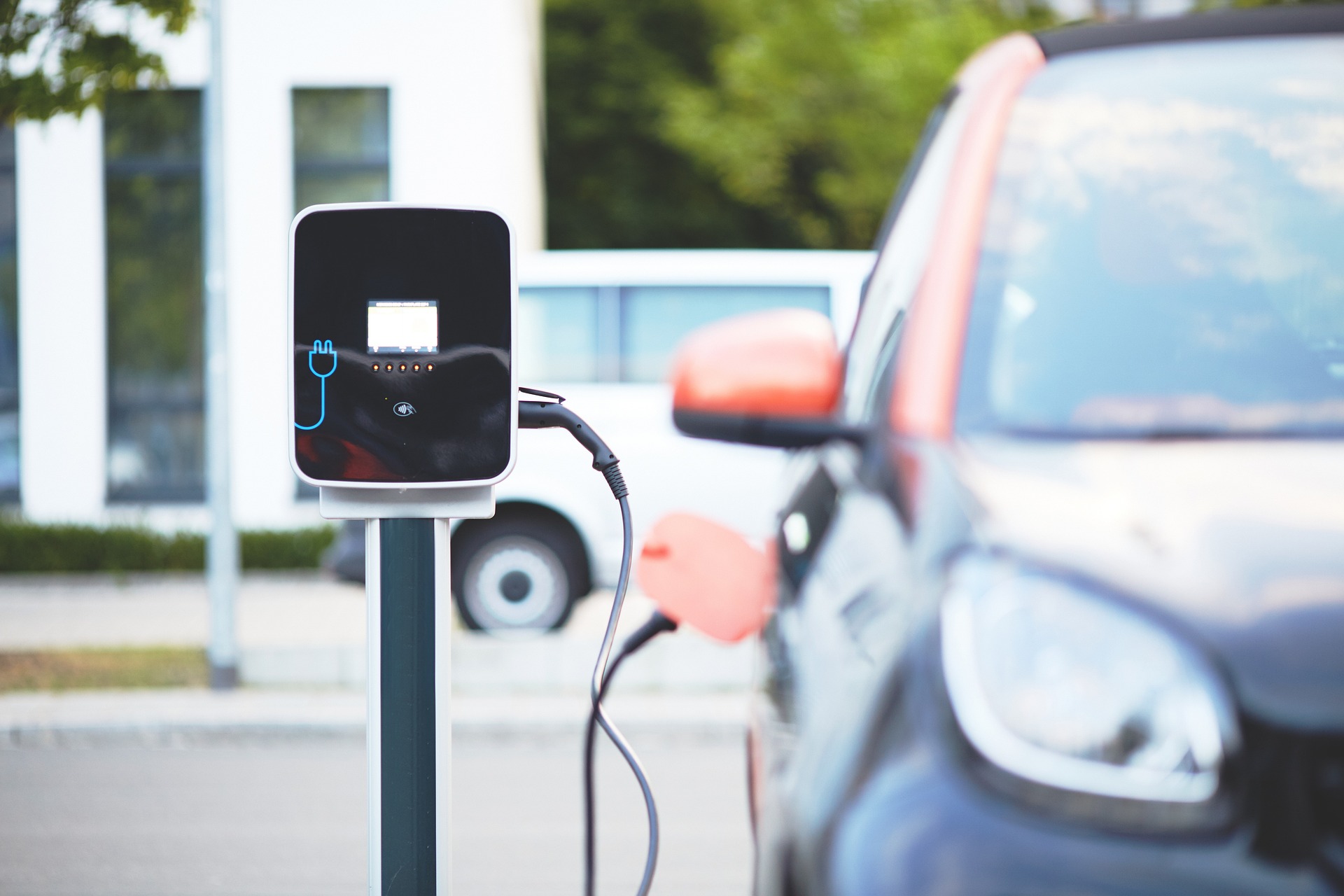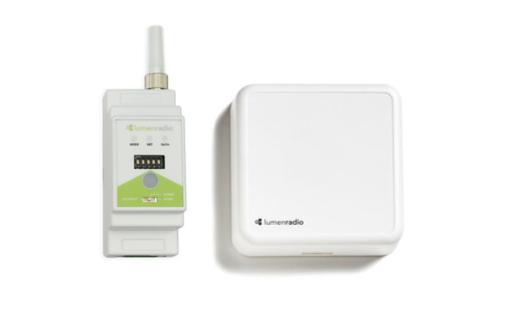Wireless load balancing: an innovation for EV chargers
The number of electric vehicles (EVs) owned by private individuals is rising daily and according to the European Automobile Manufacturers’ Association, the Nordic countries lead the way.
In Sweden alone, chargeable vehicles – which include pure electric cars and hybrids – already account for almost 10% of the country’s privately owned cars and is a market which has grown 40% over the last 12 months.
As the number of EVs increases, so does the demand put on the electricity grid – and this is where load balancing comes in.
The reason load balancing is a must-have
Load balancing is a smart way of controlling electricity flows to optimize EV charging and manage energy peaks.
Energy peaks typically occur in the morning – when everyone is brewing coffee and using appliances at the same time as they get ready for the day – and in the evening when everyone comes home from work.
Without load balancing, there is a high risk that the system will be overloaded, leading to blown fuses.
Load balancing provides stability and reduces the burden on the grid by managing peaks and prioritizing when power should go to someone’s home and when it should be used to charge the car.
The future of load balancing is wireless
Swedish electrical appliance supplier, Eldon Installation AB, manufactures charging boxes for electric cars.
“All home electric chargers require load balancing to ensure the fuses in the house aren’t blown. That requires the installation of an energy meter which communicates with the charger,” says Reine Lönn, who runs the Chargers division at Eldon Installation AB.
The challenge Eldon Installation AB sees is in laying a cable to connect the charger to the meter.
“Chargers are typically installed where the car is parked and that is not necessarily always near or on the house itself. Digging up the driveway to lay a 25m cable from the garage to the house is not an option, but with a wireless connection, there is no problem.”
Eldon Installation AB has recently launched a charger with a built-in wireless Modbus connection. Modbus is the communication protocol which cables use to send information from one device to another. With wireless Modbus, the charger and energy meter can talk to each other in milliseconds enabling wireless load balancing.

“We also see the same benefits for public or office parking spaces,” adds Reine. “To start off with maybe there are only spots for three electric cars, which is fine, but charging stations are being installed at an ever increasing rate and as soon as you have more, fuses will start to blow. That’s when the same problem arises. You need load balancing and the energy meter needs to communicate with the chargers but you don’t want to dig up the whole car park to make it happen. And this is where an electric charger with wireless Modbus capabilities comes in.”

W-Modbus by LumenRadio
Wireless Modbus – or W-Modbus – replaces the Modbus RTU cable with a reliable wireless mesh. It eliminates time-consuming installation planning and cabling. The perfect solution for enabling wireless load balancing for electric chargers.
Utilize the power of W-Modbus
Contact us to find out more about wireless solutions for load balancing





